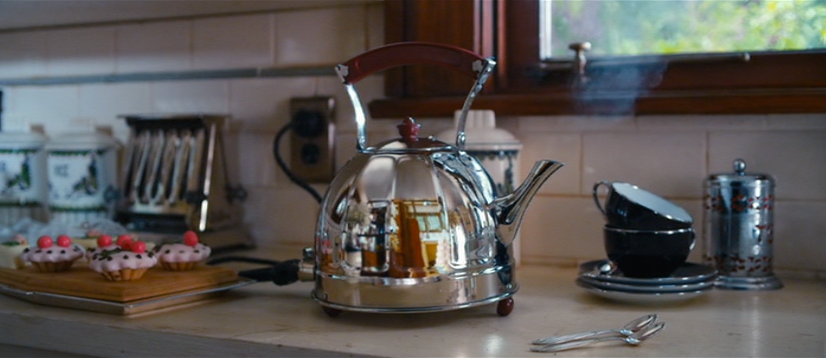lolly_loisides
One Too Many
- Messages
- 1,845
- Location
- The Blue Mountains, Australia
Appears to be an electric water kettle. This is from the Baz Luhrmann Gatsby. I'd also like to identify the toaster, canisters and whatever that silver thing is to the right.
Is this legitimately 1920s?

As Gatsby was filmed in Australia, I thought it would be likely that the kettle was from an Australian manufacturer, and sure enough here's a link to an advertising brochure for Hecla (a now defunct company). If you scroll down the page there is more info about Hecla & pictures of the same kettle, Victoria museum dates it to 1933.
http://collections.museumvictoria.com.au/articles/2836
Last edited:


